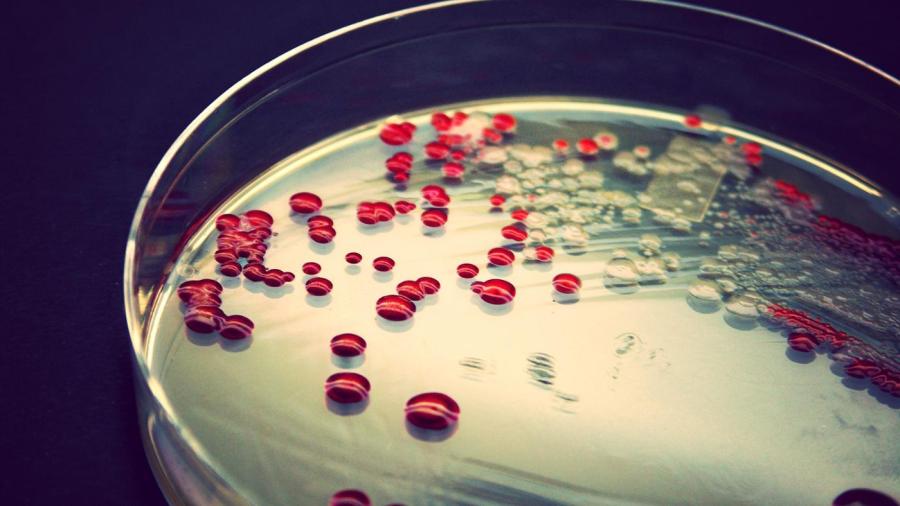What Is a List of Non-Pathogenic Bacteria?

A list of non-pathogenic bacteria is an outline of the types of bacteria that do not cause illnesses in humans. They include staphylococcus, lactobacillus, Escherichia coli, bifidobacteria, bacteroides and Brevibacterium linens. These bacteria have positive roles in the functioning of the body and are therefore harmless.
According to SFGate, lactobacillus species are found in fermented foods and other common food products, such as milk. They are also important parts of human vaginal, intestinal and oral microflora. The most common lactobacillus include L. plantarum, L. reuteri and L. acidophilus. Lactobacillus is able to produce lactic acid and utilize lactose. This makes it important in food fermentation processes, such as the production of yogurt. Escherichia coli forms part of the normal flora within the large and small intestines. It aids digestion by breaking down undigested sugars. It also produces biotin and vitamin K, which are used in cellular processes. Bacteroides is found within the intestines. It prevents pathogenic bacteria from colonizing the intestines, breaks down useful nutrients and consumes unimportant nutrients. Non-pathogenic Staphylococcus, such as Staphylococcus epidermis, forms part of the normal flora within the skin, sweat glands and ear canal. Bifidobacteria forms part of the normal colon flora. It is used in food industry processes to make probiotic products. Some species of non-pathogenic bacteria are applied in therapeutic processes, such as the treatment of allergies.





